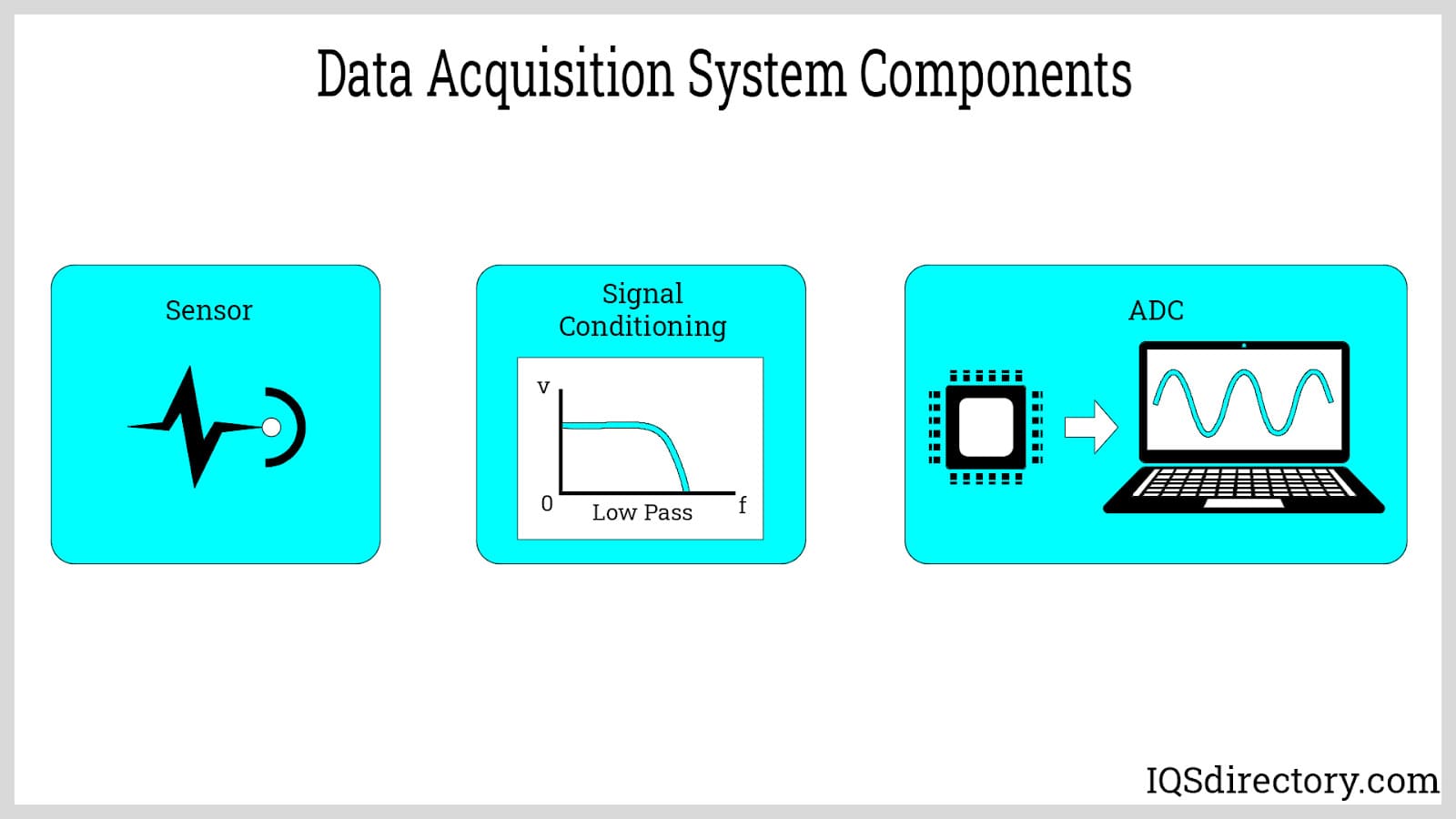Unlocking Insights: The Power of Modern Data Acquisition Systems
Unlocking Insights: The Power of Modern Data Acquisition Systems
Blog Article

In an increasingly data-driven world, harnessing the power of information is essential for businesses and organizations looking to stay ahead. At the heart of this transformation lies the Data Acquisition System, a vital tool that enables the collection, measurement, and analysis of data from various sources. By effectively capturing real-time insights, these systems empower decision-makers to make informed choices and improve operational efficiency.
Modern Data Acquisition Systems have evolved to accommodate the complexity of data in our digital age. They integrate seamlessly with a multitude of devices and technologies, ensuring that organizations can tap into valuable information from sensors, instruments, and other sources. Whether it's monitoring environmental conditions, optimizing manufacturing processes, or enhancing customer experiences, the ability to acquire and analyze data efficiently is a game changer. As businesses unlock the potential of these systems, they pave the way for innovation and strategic growth in their respective fields.
Get A Quote
Understanding Data Acquisition Systems
Data Acquisition Systems serve as a crucial bridge between the physical world and digital analysis, gathering information from various sources to facilitate informed decision-making. These systems are designed to collect data from sensors and instruments, converting the analog signals produced by these devices into digital information that can be further processed and analyzed. The versatility of data acquisition systems allows them to be utilized in numerous applications, from scientific research and industrial automation to environmental monitoring and healthcare.
At the core of a data acquisition system are its key components, which typically include sensors, signal conditioning units, data converters, and software interfaces. Sensors are the devices that detect physical phenomena such as temperature, pressure, or light. Signal conditioning ensures that the collected signals are in the correct format for processing. Data converters, such as analog-to-digital converters, transform these signals into a digital format that can be understood by computers. Finally, software interfaces enable users to visualize and analyze the data, providing essential insights that can guide actions and strategies.
Additionally, modern advancements in technology have significantly enhanced the capabilities of data acquisition systems. With the rise of the Internet of Things, these systems can now operate remotely, collecting data in real-time from multiple locations. The improvement in data storage and processing technologies has also enabled the handling of larger datasets, allowing for more comprehensive analyses. As a result, organizations can unlock valuable insights that were previously inaccessible, driving innovations and improving operational efficiencies.
Benefits of Modern Data Acquisition
Modern data acquisition systems offer enhanced accuracy and precision in capturing data, which is crucial across various industries. By utilizing advanced sensors and digital technologies, these systems minimize errors and provide more reliable insights. This heightened level of accuracy facilitates better decision-making and improves the overall quality of analysis, leading to more informed strategies and outcomes.
Additionally, the flexibility of modern data acquisition systems allows for seamless integration with existing technologies and platforms. Organizations can easily adapt these systems to their specific needs and requirements, enabling a tailored approach to data collection. This adaptability not only streamlines operations but also enhances the ability to process diverse data types, making it easier to analyze and utilize vast amounts of information efficiently.
Moreover, real-time data monitoring is a significant advantage of modern data acquisition systems. With the ability to capture and process data instantly, organizations can respond quickly to changing conditions or emerging trends. This capacity for timely insights supports proactive management and helps businesses stay ahead of competitors by making swift and informed decisions based on current data.
Challenges and Future Trends
As technology advances, Data Acquisition Systems face several challenges that can impede their efficiency and effectiveness. One significant hurdle is the integration of diverse data sources and formats. Organizations often deal with legacy systems that are not compatible with modern technologies, creating barriers to seamless data collection and analysis. Overcoming these integration challenges is critical for organizations looking to harness the full potential of their data acquisition processes.
Another concern is the rising complexity of data management. The sheer volume and velocity of data being generated today can overwhelm conventional Data Acquisition Systems. This necessitates the development of more sophisticated algorithms and tools capable of handling large datasets in real-time. As organizations strive for swift decision-making, the need for systems that can process and analyze data rapidly is becoming increasingly essential.
Looking toward the future, the trend of automation and machine learning integration within Data Acquisition Systems is set to redefine the landscape. These technologies can not only enhance data collection and processing capabilities but also improve accuracy and predictive analytics. As organizations continue to realize the value of data-driven insights, investing in advanced Data Acquisition Systems will be crucial for maintaining a competitive edge in an ever-evolving digital environment.
Report this page